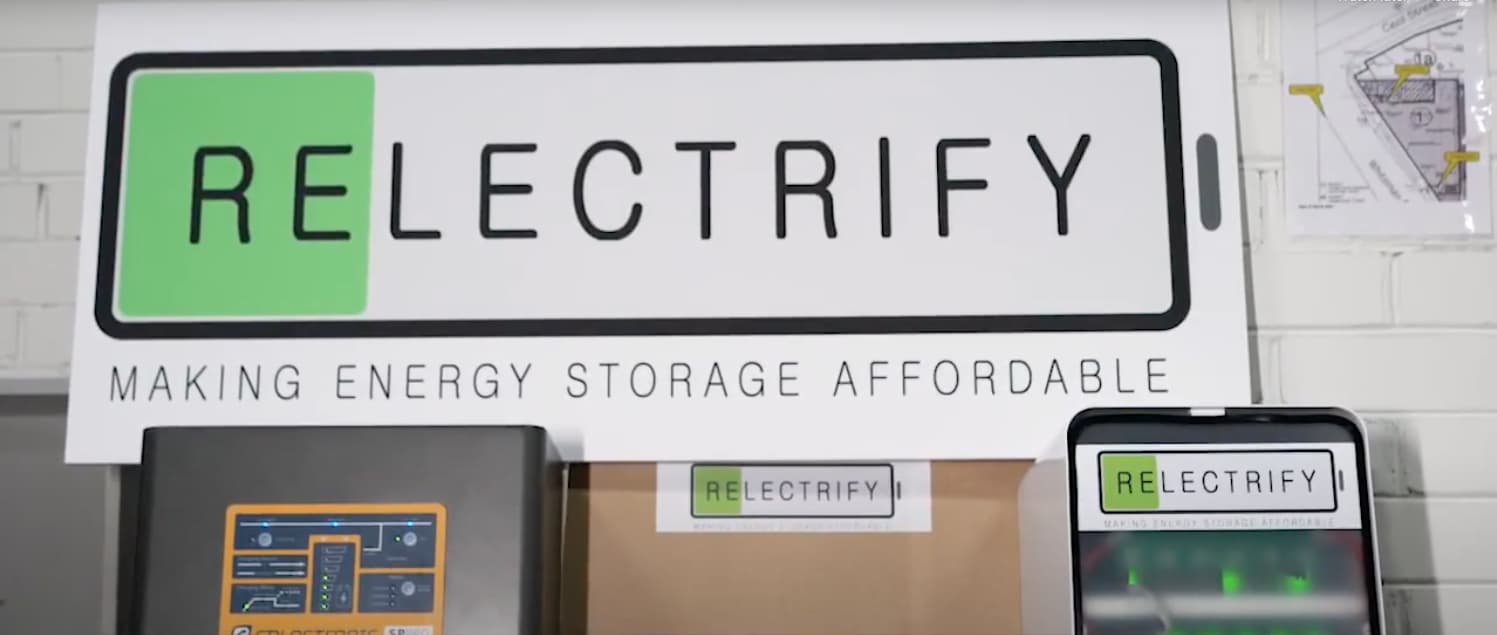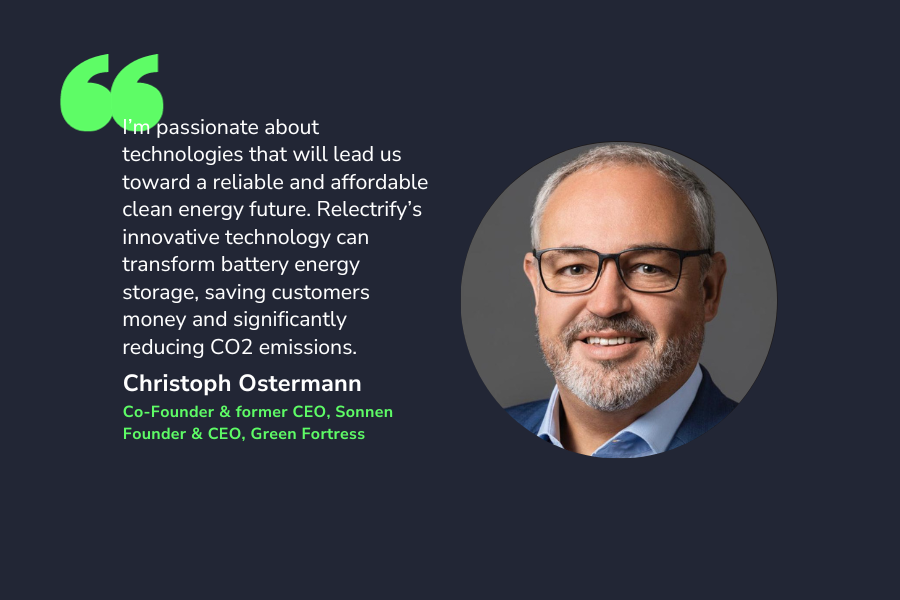
Relectrify News
Relectrify closes $1.5m pre-A raising including from CEFC
This announcement was featured in Herald Sun, CleanTechnica, Recycling International, and RenewEconomy, amongst a number of other media outlets.
Relectrify is pleased to announce it has closed its $1.5 million pre-Series A equity raising from the Australian Government’s Clean Energy Innovation Fund (CEIF) and individual investors John Clifford and Peter Los.
This investment raising enables Relectrify to expand production and commercial trials of its control technology for second-life batteries, with the aim of becoming a global leader. CEFC investment development director, Blair Pritchard will join Relectrify’s board as an observer.
The Clean Energy Innovation Fund (CEIF) is a $200 million fund for innovative clean energy, renewable energy and energy efficiency projects and businesses. The fund is an initiative of the Clean Energy Finance Corporation (CEFC) in conjunction with Australian Renewable Energy Agency (ARENA). It draws on the expertise of both agencies.
John Clifford is a veteran energy and utility technology investor and chairman of numerous companies in the energy technology sector. John joined Relectrify during the company’s seed investment round as non-executive director and investor, and has since become the company’s chairman.
Peter Los is an experienced investor across the energy and resources sector. Peter is the Founder, Managing Director and Portfolio Manager of investment firm Eye Management, which manages funds with investment focus including on energy technologies and their supply chains.
Australia’s Environment and Energy Minister Josh Frydenberg said the investment would help Relectrify increase the longevity of second-life batteries, leading to lower battery costs in the future.
ARENA CEO Ivor Frischknecht said Relectrify’s technology to recycle batteries would reduce waste and make home storage more affordable.
“Relectrify is led by bright and passionate Melbourne-based founders who are looking to bring an innovative idea to renewable energy storage solutions that can significantly lower the cost of energy storage in a sustainable way.
“We’re excited to see how the technology develops and is adopted not only by Australian consumers, but consumers around the world,” he said.
CEFC CEO Ian Learmonth said potential applications for Relectrify’s forward-thinking technology can be adopted across the whole economy to have a significant impact on the way Australians use energy.
“Although home batteries are only a tiny part of our energy storage today, industry experts are saying they could be capable of storing around 15 gigawatt hours by 2035. That’s enough stored electricity to power South Australia’s current summer peak demand for five hours,” Mr Learmonth said.
“And while electric vehicles currently make up only around 0.2 per cent of vehicle sales in Australia, by 2035 they are expected to represent just over one quarter. That translates to an increasing supply of lithium-ion batteries that are no longer useful in cars, but are still incredibly capable for other applications.
“It’s important to rapidly develop technologies like Relectrify’s, to ensure we are well placed to take advantage of high performance, reliable and cost-effective energy storage solutions that assist in the transition of the energy system, as well as reduce the environmental impact of used equipment through repurposing it.”
Relectrify Co-founder and CEO Valentin Muenzel said recycled batteries could be repurposed widely, including for 12V batteries, household solar battery systems and grid-scale storage.
“Batteries are becoming a fundamental building block of the new energy industry and seeing significant uptake across households, businesses and the power grid. And this is just the beginning. There is an immense need for affordable and capable storage across almost all parts of our lives now and in the future.
“When electric vehicles can no longer provide the driving range and acceleration required, most batteries can still be charged and discharged a further 2000 times. The trouble was large battery packs contain hundreds of individual cells, and if one isn’t working, the whole system stops functioning.
“To fix this problem, Relectrify assembled a world-class team of engineers to develop our own technology that reduces the cost of repurposing the batteries, boosts their performance and increases their longevity,” he said.




